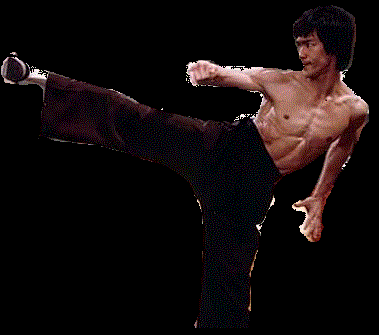
Katana
Historically, katana (刀) were one of the traditionally made Japanese swords (日本刀 nihontō) that were worn by the samurai class of feudal Japan, also commonly referred to as a "samurai sword". Modern versions of the katana are sometimes made using non-traditional materials and methods.
The katana is characterized by its distinctive appearance: a curved, slender, single-edged blade with a circular or squared guard and long grip to accommodate two hands. It has historically been associated with the samurai of feudal Japan and has become renowned for its sharpness and strength.
History:
Japanese Edo period wood block print of a samurai with a tachi
The production of swords in Japan is divided into specific time periods: jokoto (Ancient swords, until around 900 A.D.), koto (old swords from around 900–1596), shinto (new swords 1596–1780), shinshinto (new new swords 1781–1876), gendaito (modern swords 1876–1945), and shinsakuto (newly made swords 1953–present).
The first use of "katana" as a word to describe a long sword that was different from a tachi is found in the 12th century. These references to "uchigatana" and "tsubagatana" seem to indicate a different style of sword, possibly a less costly sword for lower ranking warriors. The evolution of the tachi into the katana seems to have started during the early Muromachi period (1337 to 1573). Starting around the year 1400, long swords signed with the "katana" signature were made. This was in response to samurai wearing their tachi in what is now called "katana style" (cutting edge up). Japanese swords are traditionally worn with the signature facing away from the wearer. When a tachi was worn in the style of a katana, with the cutting edge up, the tachi's signature would be facing the wrong way. The fact that swordsmiths started signing swords with a katana signature shows that some samurai of that time period had started wearing their swords in a different manner.
The rise in popularity of katana by samurai is believed to have been due to the changing nature of close-combat warfare. The quicker draw of the sword was well suited to combat where victory depended heavily on fast response times. The katana further facilitated this by being worn thrust through a belt-like sash (obi) with the sharpened edge facing up. Ideally, samurai could draw the sword and strike the enemy in a single motion. Previously, the curved tachi had been worn with the edge of the blade facing down and suspended from a belt.
The length of the katana blade varied considerably during the course of its history. In the late 14th and early 15th centuries, katana blades tended to be between 70 to 73 cm (27½ to 28½ in.) in length. During the early 16th century, the average length was closer to 60 cm (23½ in.). By the late 16th century, the average length returned to approximately 73 cm (28½ in.).
The katana was often paired with a similar smaller companion sword, such as a wakizashi or it could also be worn with the tantō, a smaller, similarly shaped dagger. The pairing of a katana with a smaller sword is called the daishō. The daisho could only be worn by samurai and it represented the social power and personal honor of the samurai.



